Having your nudes shared can feel scary, and it can leave you feeling worried or even ashamed. But it’s not your fault.
It’s against the law for anyone to share a sexual image or video of someone who’s under 18, and NSPCC is working with the Internet Watch Foundation (IWF) and Yoti to help you remove any sexual image or video of you that’s online.
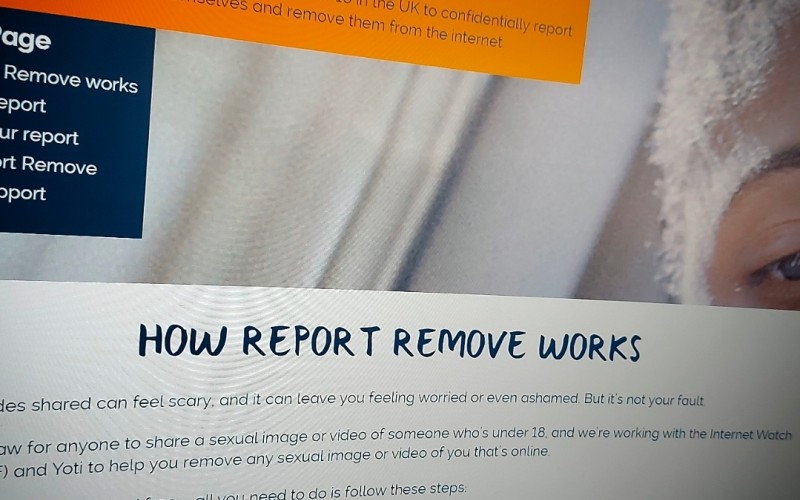
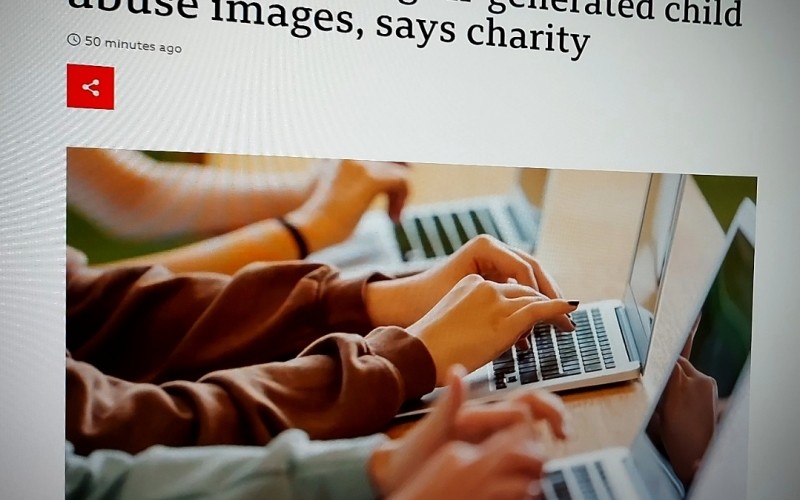
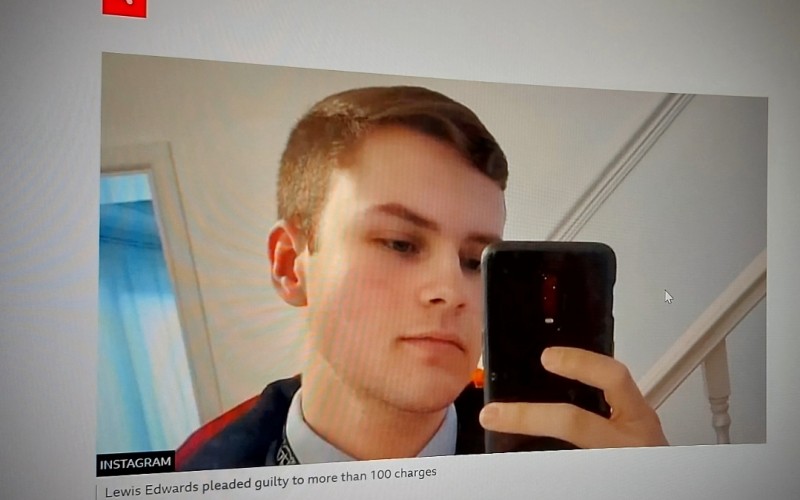
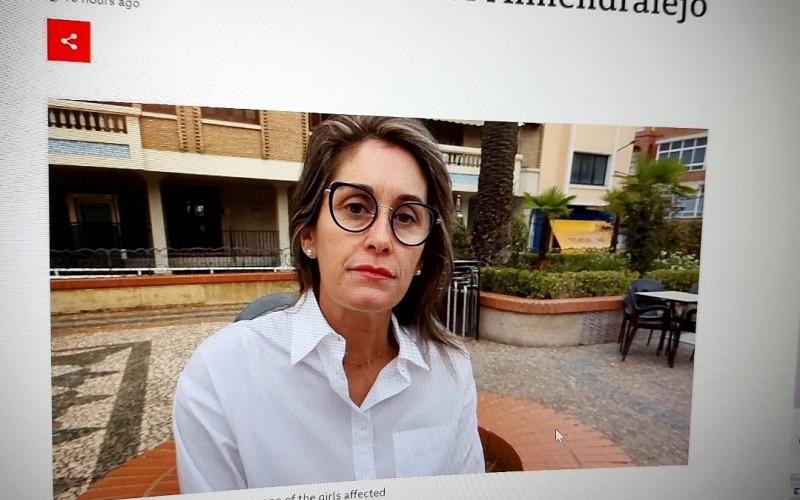
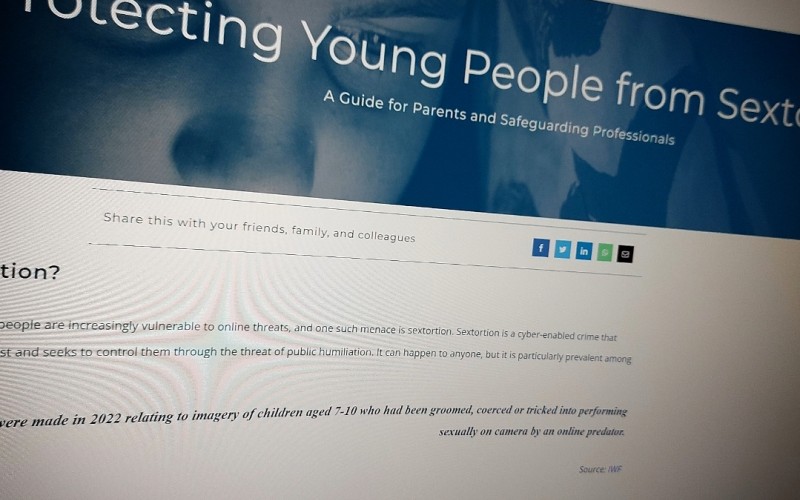
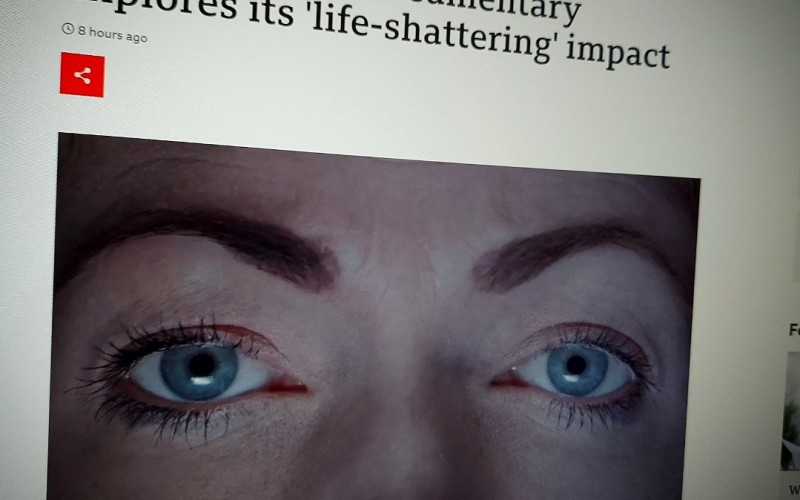
Comments
make a comment